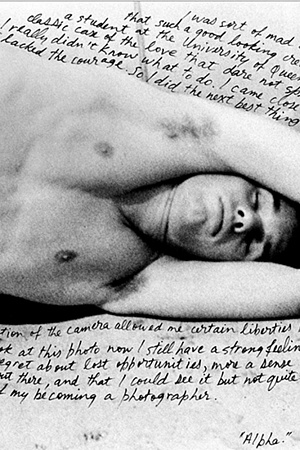Tim
‘All of humanity’s problems stem from man’s inability to sit quietly in a room alone,’ wrote the seventeenth-century writer Blaise Pascal. As many of us are discovering, doing nothing alone in a room is a surprisingly difficult and demanding task. Even in these unusual times, when we are being asked – or in some cases, legally required – to stay home and do as little as possible, we are bombarded with suggestions as to how we might fill this sudden excess of time. We can stream a classical concert, watch sea otters floating in distant pools, binge-watch the latest drama series on Netflix, try out ballet fitness routines in our lounge room, or (my chosen method) try to learn the ukulele. And then what? As Pascal knew (even without the benefit of YouTube or TikTok), the easier it is to distract ourselves, the more restless we seem to end up feeling.
Nobody is succeeding at the art of sitting quietly in a room alone like Tim Steiner. Since 2011 the forty-three-year-old former musician from Zurich has spent around 3,500 hours sitting still and straight-backed on a rectangular plinth in Hobart’s Museum of New and Old Art (MONA). For five hours a day, Steiner sits while hundreds of visitors mill around him, scrutinising, photographing, and discussing – occasionally with open disgust or disapproval – the colourful tattoos inked on his back by Belgian artist Wim Delvoye. Thought to be the only living artwork in the world, Steiner was bought by a German collector for €150,000 in 2008. According to the terms of his contract, after he dies, his skin will be removed and framed for posterity. Until then, he considers his back ‘a canvas’, and himself a ‘temporary frame’.
Continue reading for only $10 per month. Subscribe and gain full access to Australian Book Review. Already a subscriber? Sign in. If you need assistance, feel free to contact us.















Comments (2)
Leave a comment
If you are an ABR subscriber, you will need to sign in to post a comment.
If you have forgotten your sign in details, or if you receive an error message when trying to submit your comment, please email your comment (and the name of the article to which it relates) to ABR Comments. We will review your comment and, subject to approval, we will post it under your name.
Please note that all comments must be approved by ABR and comply with our Terms & Conditions.